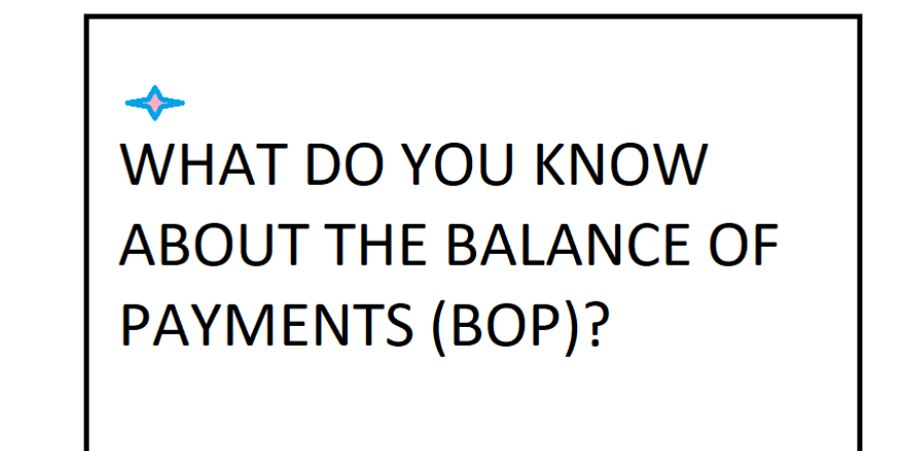

The balance of payments record the transactions in goods, services and assets between residents of a country with the rest of the world for a specified time period, typically a year. There are two main accounts in the Balance of Payments (BoP) - the current account and the capital account.
The current account records exports and imports in goods and services and transfer payments. When exports exceed imports, there is a trade surplus and when imports exceed exports, there is a trade deficit. The current account is again classified into two broad categories – merchandise and invisibles. As per the International Monetary Fund’s ‘Balance of Payment Manual’, imports and exports of goods should be taken presented on a ‘f.o.b’ basis which means that import and export values should not include insurance and freight costs.
In India, import data is presented on ‘c.i.f’ basis while export data is presented on ‘f.o.b’ basis due to practical difficulties. Invisibles refer to ‘other than goods’ and include services, income and transfer payments and remittances without any obligation of repayment. The International Monetary Fund (IMF) manual has classified invisible data into 21 items but in India, the invisible data is available under 8 heads only. These are: travel, transport, insurance, interest income, government, not included elsewhere, miscellaneous receipts and payments for patents and royalties, official transfer payments and private transfer payments.
Capital account is classified into three parts in India: private capital, banking capital and official capital. It is also classified on the basis of short term and long term. Short terms here means less than one year.
As Balance of Payment account is prepared on the basis of double entry system, the account is always in balance. But this does not mean that countries donot have imbalance in their Balance of Payment. There may, actually, be surpluses or deficits in the account and are to be balanced through appropriate means.
In India, the current account deficit is likely to hit a 10-year high, 3P% of GDP in the financial year 2023. The higher is the cost push inflation. Sustained rise in oil prices lead to quick deterioration in macro stability and currency volatility, leading to deterioration in current account deficit from a higher oil import bill.
The country could engage in official reserve transactions, running down its reserves of foreign exchange, in the case of a deficit by selling foreign currency in the foreign exchange market.
